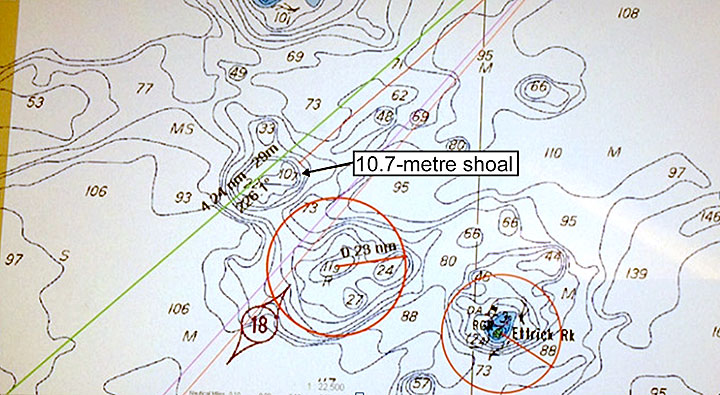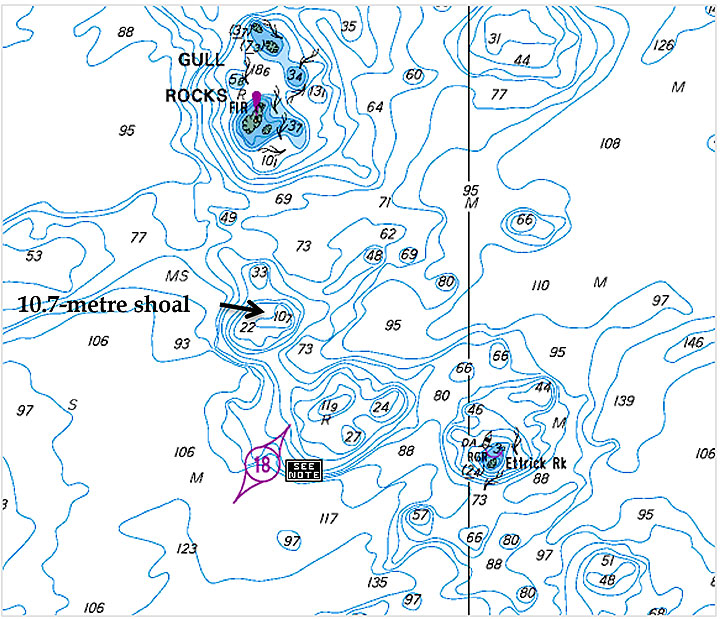You are correct, ziggy - paper charts ARE mandatory. It is also mandatory to keep those charts up-to-date. Any nav aids are just that - an "aid".
From the TSB link above that GLG provided it states: "The charted 10.7-metre shoal went undetected by the bridge team during the voyage planning process and during monitoring of the vessel's progress toward the anchorage. As a result, the vessel, with a draft of 13.3 m, ran aground when it passed over the charted shoal of 10.7 m."
they had a pilot onboard unfamiliar w the area directing the "bridge team". Not sure how he missed the rock...but he did.
Kinda supports what I was saying in post #26 about human error...
From the TSB link above that GLG provided it states: "The charted 10.7-metre shoal went undetected by the bridge team during the voyage planning process and during monitoring of the vessel's progress toward the anchorage. As a result, the vessel, with a draft of 13.3 m, ran aground when it passed over the charted shoal of 10.7 m."
they had a pilot onboard unfamiliar w the area directing the "bridge team". Not sure how he missed the rock...but he did.
Kinda supports what I was saying in post #26 about human error...
Last edited by a moderator:



